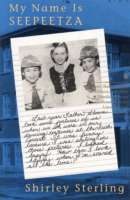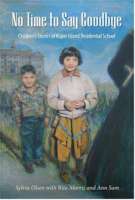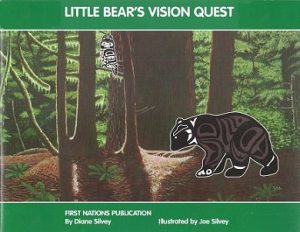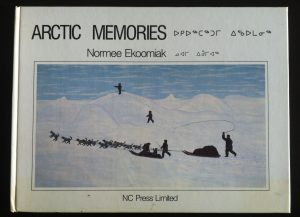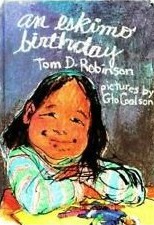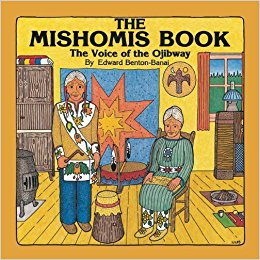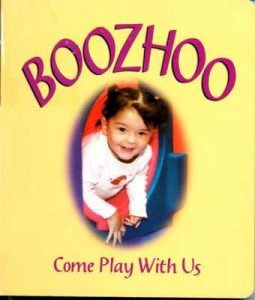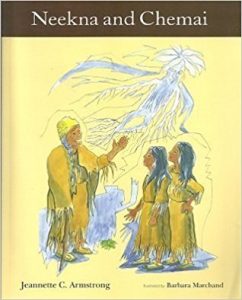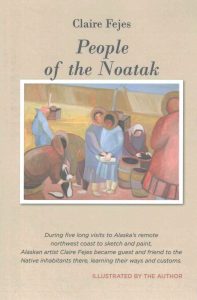 During five long visits to Alaska’s remote northwest coast to sketch and paint, the late Claire Fejes became guest and friend to the Native inhabitants there, learning their ways and customs. A personal narrative in text, drawings, and paintings, People of the Notatak concerns the people of two villages–Noatak, the summer settlement of a nomadic tribe that lives mainly in the wilderness interior, and Point Hope, whose economy centers around the hunting of the great bowhead whale.
During five long visits to Alaska’s remote northwest coast to sketch and paint, the late Claire Fejes became guest and friend to the Native inhabitants there, learning their ways and customs. A personal narrative in text, drawings, and paintings, People of the Notatak concerns the people of two villages–Noatak, the summer settlement of a nomadic tribe that lives mainly in the wilderness interior, and Point Hope, whose economy centers around the hunting of the great bowhead whale.
Claire captures the life of the Native Inupiat in Northwest Alaska, before outside influences changed their lives. In a few simple strokes, her drawings evoke the heart and life of the Inupiat. Thanks in part to her habit of journal-keeping, Claire was able to record what she had witnessed in her years of travel and painting up the Yukon River into the Arctic Refuge.
A native New Yorker, Claire received her art training at the Newark Art Museum and taught art until moving to Alaska. She wrote with rare insight and understanding about the intimate daily lives of mothers and fathers and their children, of husbands and wives and in-laws in the villages in which she lived, an aspect of Eskimo life rarely treated in books.
Originally published in 1966, People of the Noatak is an excellent portrayal of the Inupiat people before modern changes, a glimpse into the Inupiat world when traditional values and roots were strong.
